Effective immediately masking is required for everyone when present on all inpatient units, in the Emergency Department (ED), the Urgent Care Centre (UCC), and the Children’s Outpatient Centre (COPC).
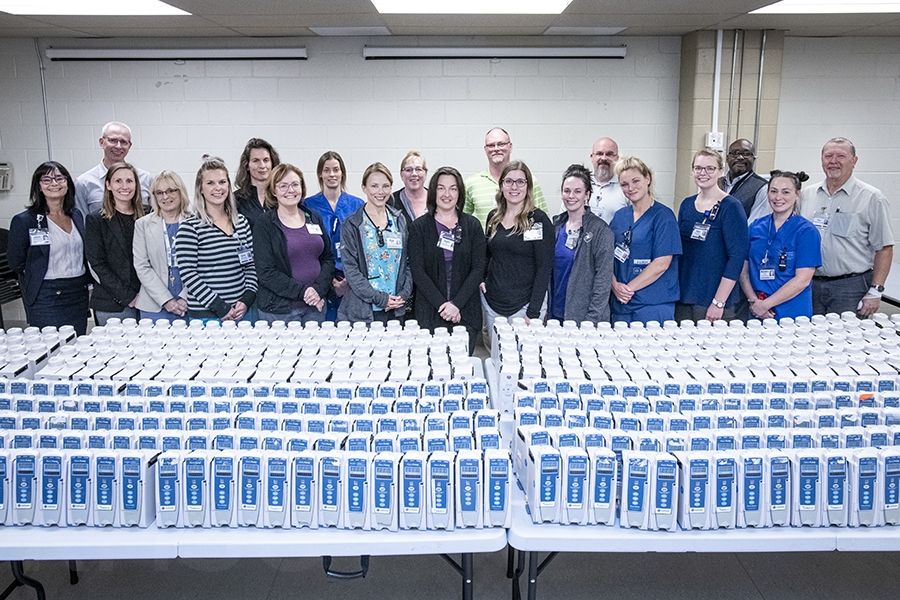
Every year, approximately 428,000 fluid infusions are started and utilized across KHSC to deliver life-saving medications or other nutrients to patients in need. Central to the reliable delivery of these fluids is a fleet of over 1,600 Alaris infusion and syringe pumps.
“Syringe pumps are an essential tool that we rely on 24 hours a day, 365 days a year so having new ones has enabled us to move forward with a quality improvement initiative and improve patient safety,” says Kerri-Lee Bisonette, Program Manager, Pediatrics.
Pediatrics was one area in particular that was able to leverage this opportunity and take full advantage of the new equipment and technology to adjust the way in which medications are prepared and delivered to the nursing staff before being administered.
“Because of the new pumps, pharmacy staff are able to prepare unit dose medications, in a sterile environment, inside the pharmacy, using a standardized process that better aligns with the CHEO Parenteral Drug Manual,” says Veronique Briggs, Director of Pharmacy Services.
“This improves patient safety and helped us meet the Accreditation Canada standards that we have been working towards. Leveraging this process also created efficiencies for nursing staff and enables them to focus on providing patient care,” says Briggs.
Some benefits of the new equipment include an upgraded screen layout and display, making it easier to see critical information and details from a distance or in low light situations so care team members do not need to disturb patients when they need to collect data.
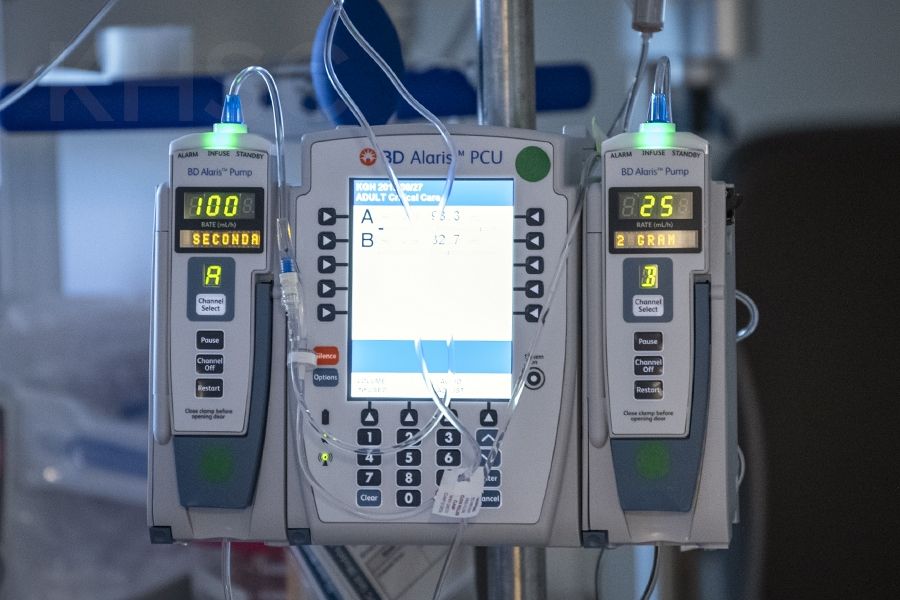
In addition to the equipment being upgraded, there are now more units available to meet the growing demands of the entire organization. This saves staff time when securing equipment because it is readily available on the unit when they need it.
“It really gives you a great feeling when you come to work and see the organization investing in what we need and use every day,” says Katie Newcombe, a Critical Care nurse on Davies 4 ICU.
This deployment required the skills and expertise from a number of different people and departments across KHSC. The work was coordinated through the Project Management Office in such a way to minimize the disruption for staff and patients. The ultimate goal – a seamless transition.
“We were fortunate that we had some very engaged and enthusiastic people from a number of departments and programs, as well as the managers and staff on the units who were going to experience the impact of this project,” says John Coleman, Manager of the Project Management office.
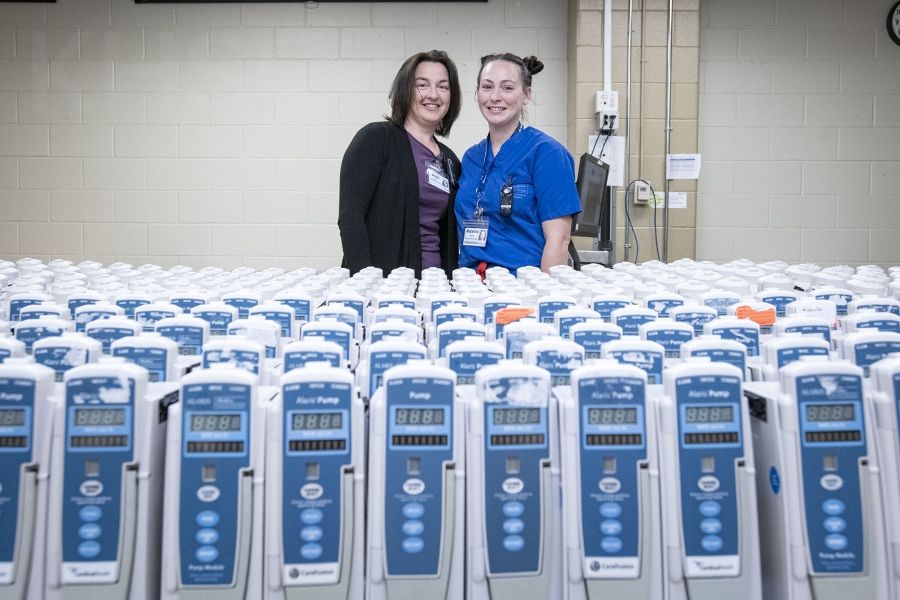
While there were numerous people who made contributions, two specific people were instrumental when it came getting the job done right. Joan Hunt, an Equipment Coordinator and Madeline Rozsa, a Biomedical Technologist from Clinical Engineering were tasked with pulling the deployment team together and keep everyone focused on the task at hand.
“The full deployment of this equipment took just under six weeks which is a huge accomplishment and I am so proud of this team for their efforts,” says Valerie Gamache-O’Leary, Chief Information Officer.
"I really want to congratulate everyone who worked so hard to make this happen in such as seamless way for our clinicians and our patients.”
Gallery
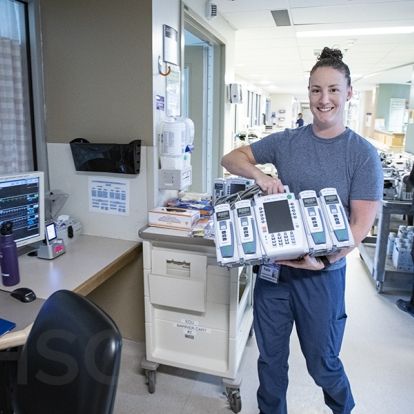
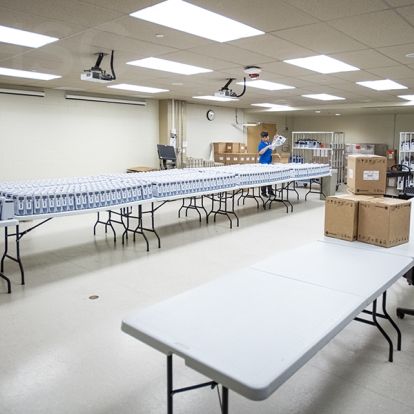
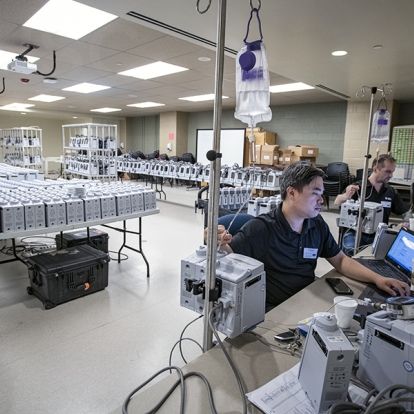
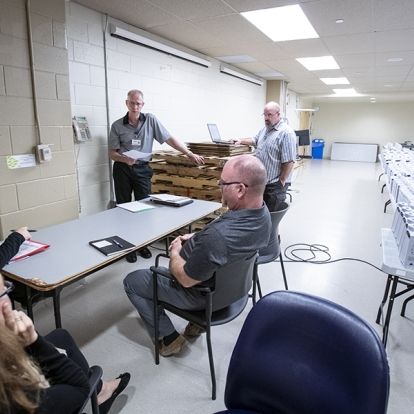
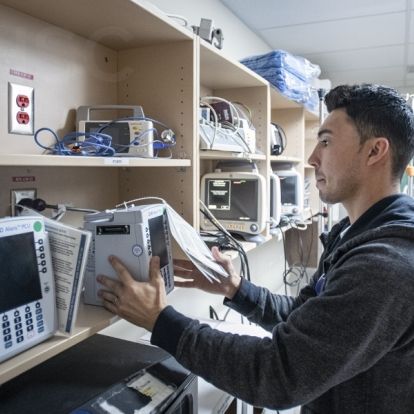
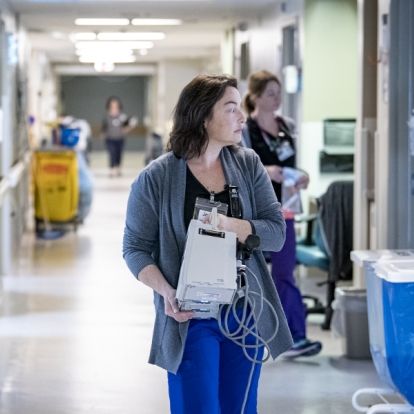
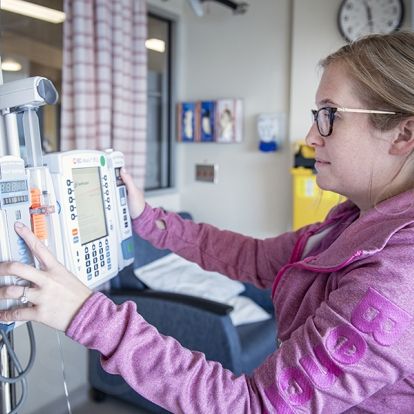
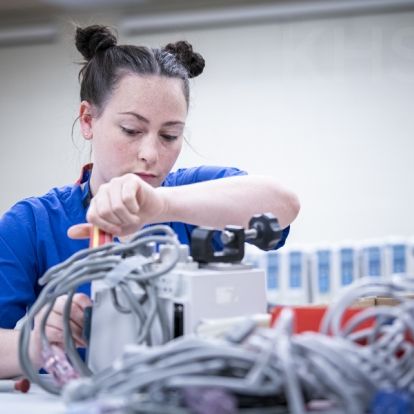
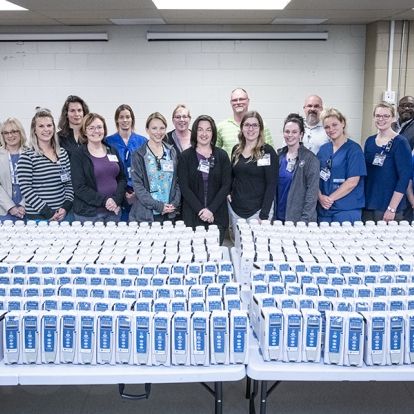
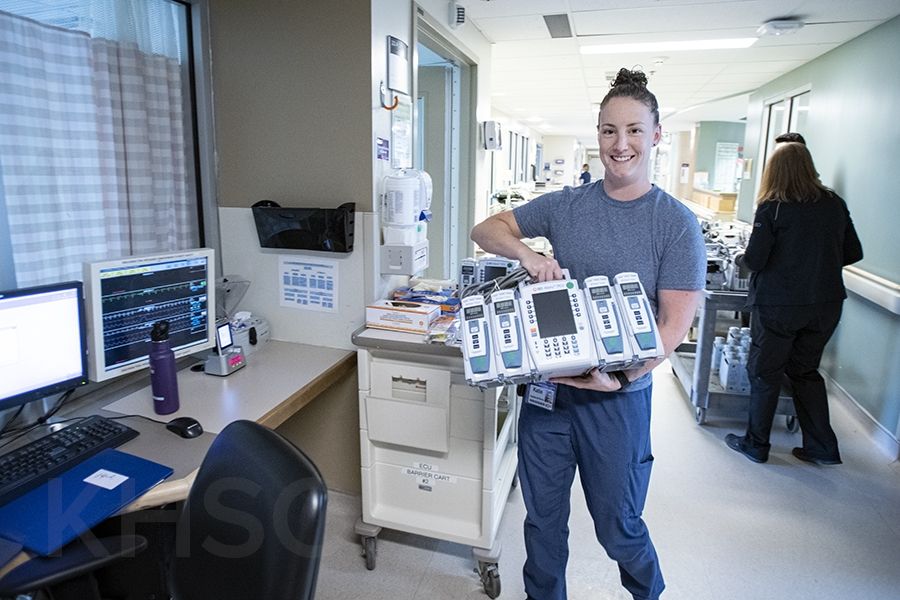
Kadie Weekes, a Critical Care Nurse on Davies 4 ICU receives a new Alairs Infusion controller with pump modules during the implementation phase of the project.
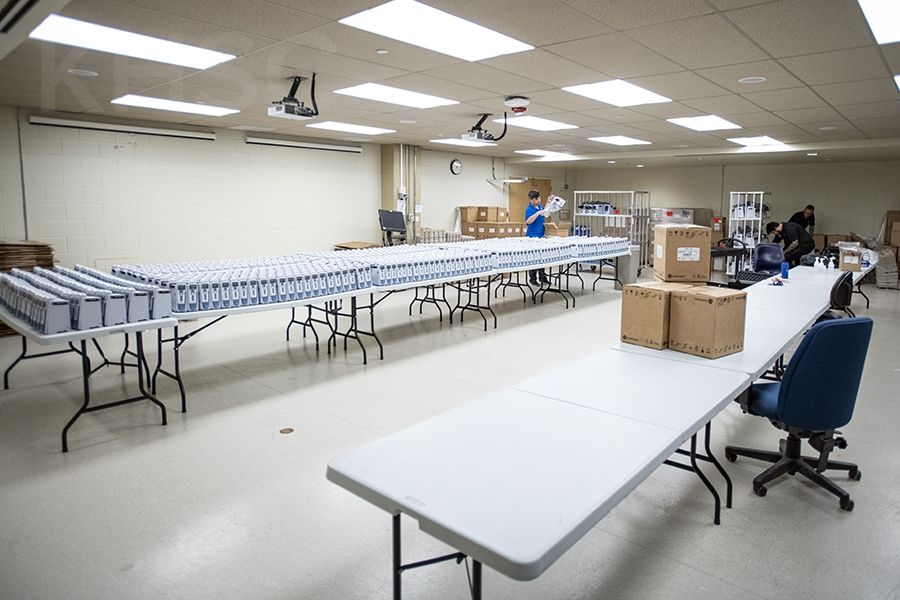
Staff from BD work at the KGH site unloading pallets of new pumps and unpacking each unit before testing and certification for deployment.
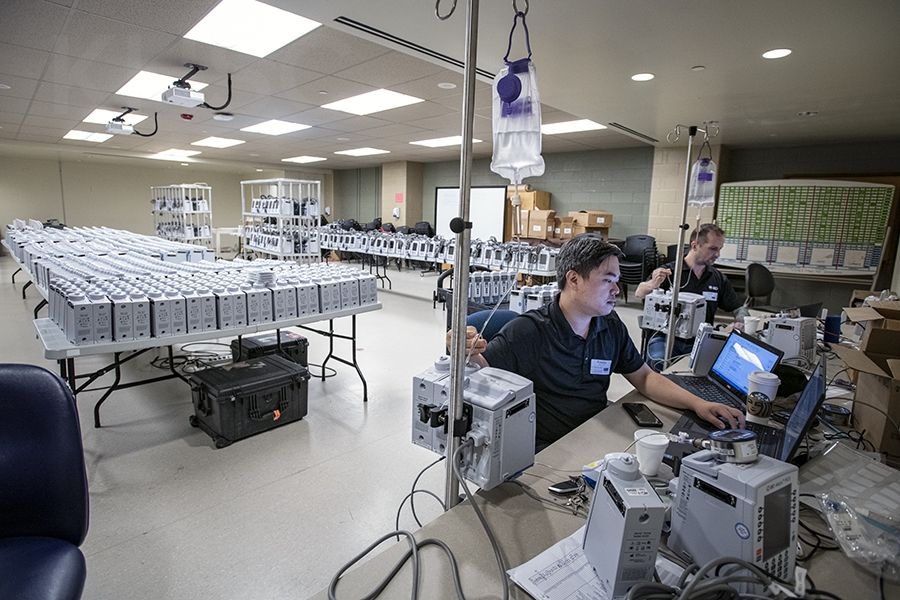
Staff from BD run the new units through a series of tests as part of the preparation before the units can be deployment.
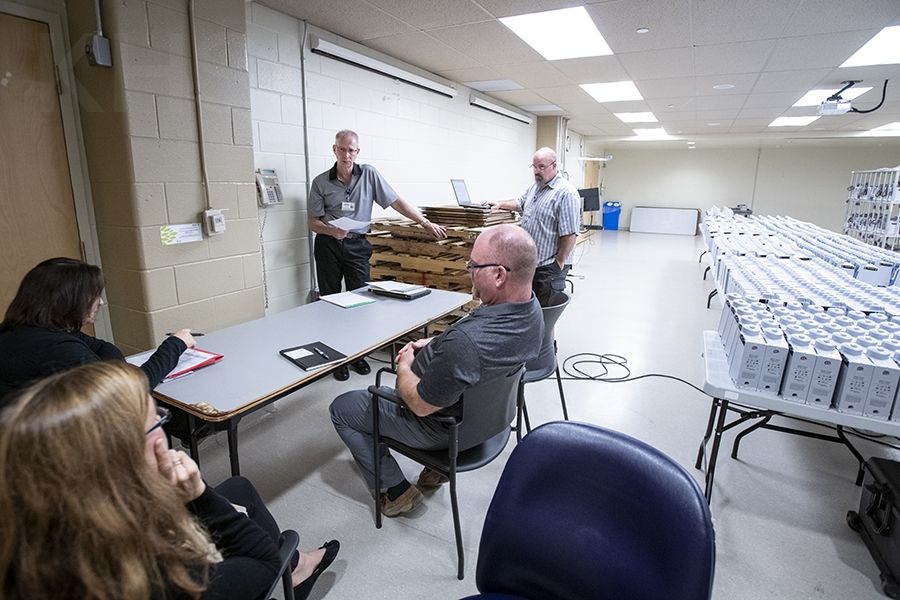
Members of the project team from various departments met regularly to ensure the project stayed on track and to address and potential issue that needed attention.
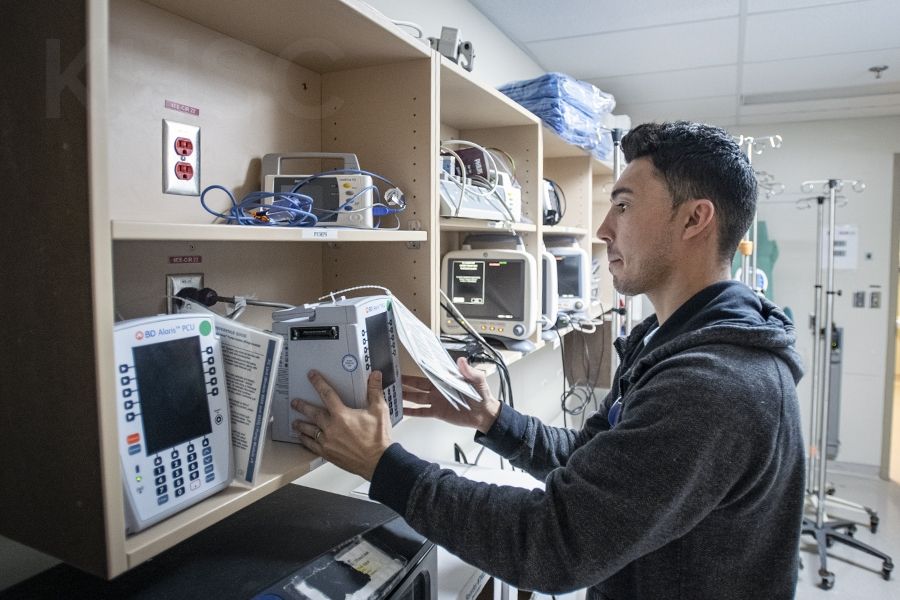
Chris Mota, a Patient Care Assistant helps the deployment team swap out units in the storage area on the Davies 4 ICU at the KGH site of KHSC.
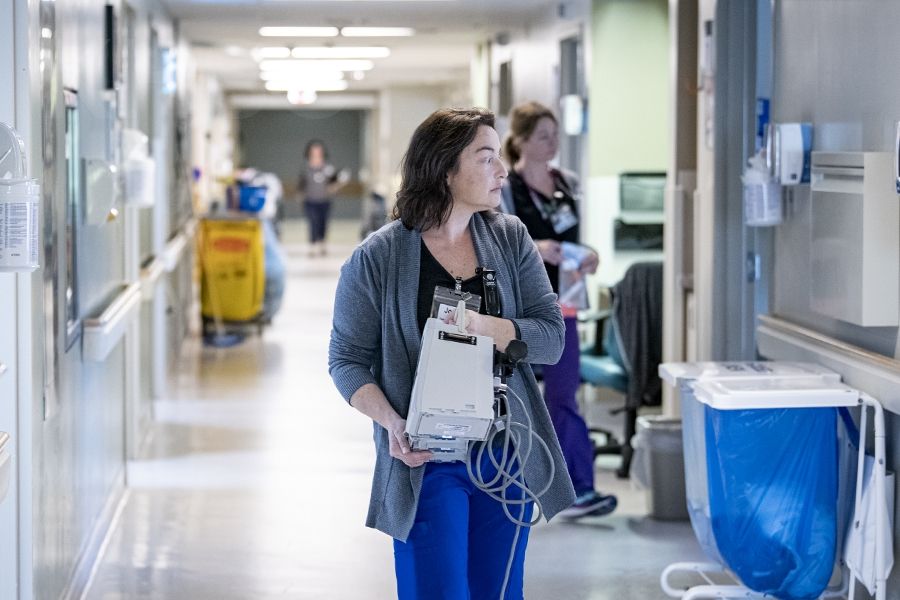
Joan Hunt, Equipment Coordinator with the Clinical Engineering team out on an inpatient unit overseeing the exchange portion of the deployment.
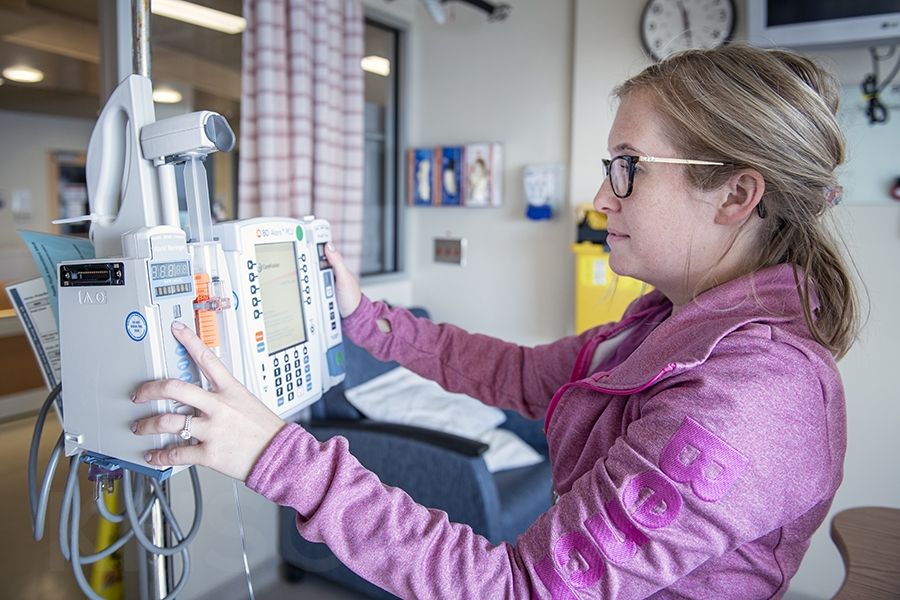
3096 - Jessica Amey, a Charge Nurse with the Pediatrics team prepares an infusion with one of the new syringe pumps.

Madeline Rozsa, a Biomedical Technologist with the Clinical Engineering team works on some of the old units as part of the decommissioning process.
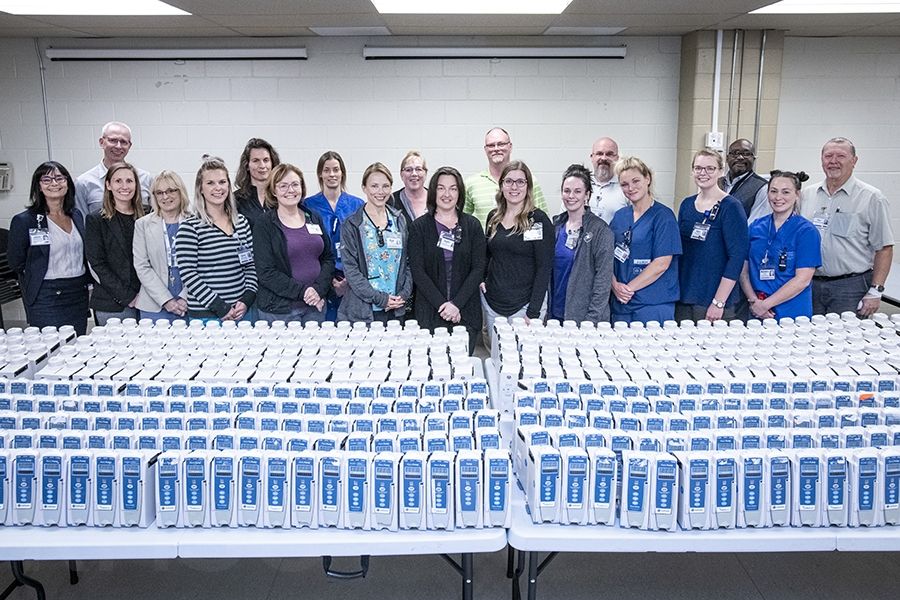
Members of the project team gathered together to celebrate the successful completion of the project at the KGH site of KHSC.



